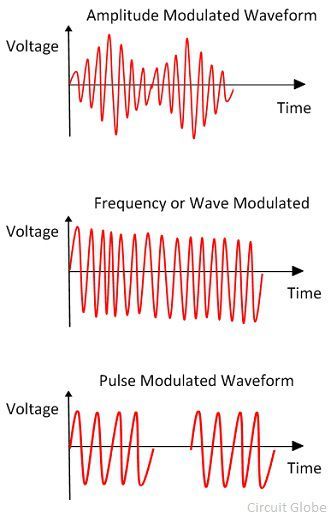Definition: The signal generator is an electronic device which induces the repeating and non-repeating analogue or digital signals.The signal generator is extensively used in troubleshooting, signal tracing, testing, adjustment of amplifier response and alignment of radio and T.V circuit. The signal generator has inbuilt modulation property. The amplitude and modulation property are very common in signal generators.
The block diagram of the signal generator is shown in the figure below. The main part of the signal generator is a VCO (voltage controlled oscillator). The input control voltage determined the frequency of the VCO.
The frequency of the VCO is directly proportional to the control voltage. The signal applied to the control input gives the frequency of the oscillator. The frequency modulated signal is produced by the VCO when the audio input signal is applied across the control voltage.
The signal generator is also known as the generator which produces the tone, arbitrary and the digital pattern waveforms. The signal generators generate the modifies output signal along with the other signal which is the main difference between the signal generator and the oscillator.
When the signal produces the unmodulated signals, then they are said to be generating continuous height wave signal. It produces a modulated signal in the form of square waves, triangular waves, complex signals, etc.
For frequency modulation, the modulator circuit is placed after the VCO. The circuit changes the VCO output voltages by producing the output AM signal.
The accuracy and stability are the two main property of the signals which is used to test the receiver.


